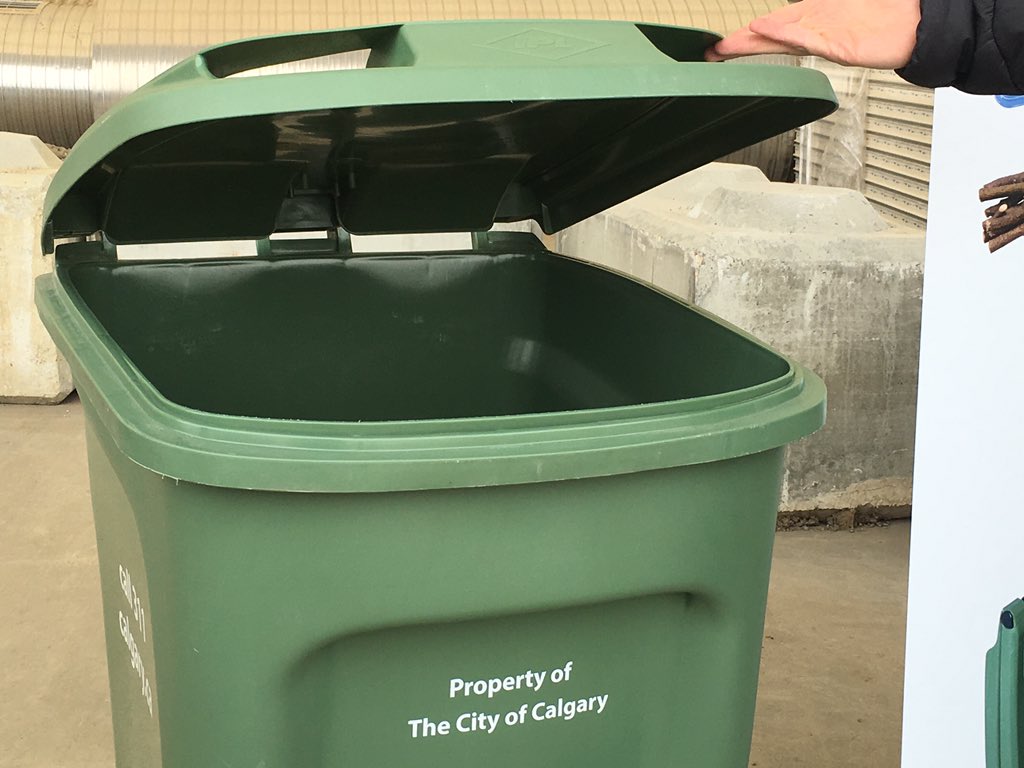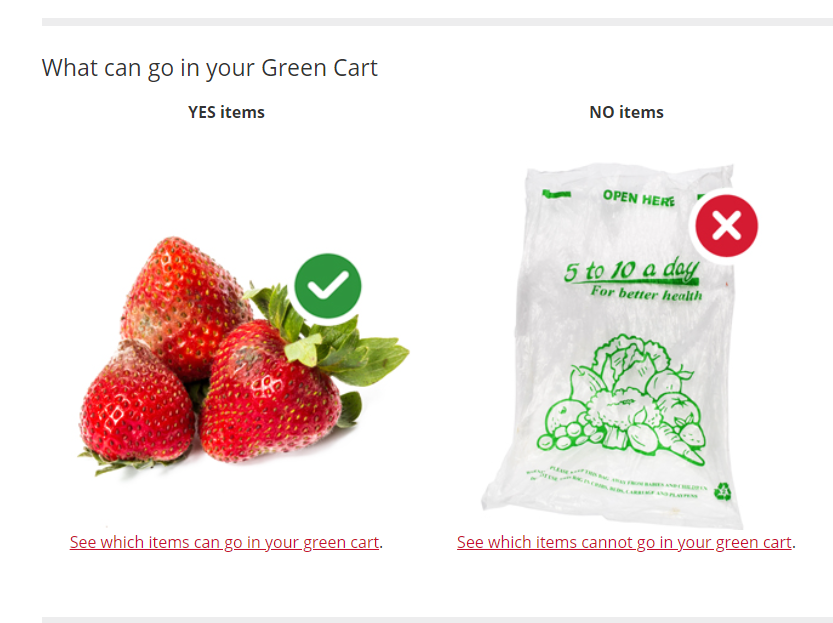Calgary program spot-checking blue, green bins for wrong materials
Posted Jul 31, 2021 6:00 am.
Last Updated Jul 31, 2021 9:55 am.
CALGARY (660 NEWS) — Calgarians who go the extra mile while organizing their recyclables and compost could have their green or blue cart outfitted with a gold tag.
It’s a new aspect of a spot-checking program from the city that’s been around in one form or another, since 2008.
“If our spot-checkers come across a cart that’s immaculate — so everything is sorted and prepared properly — it’s very possible that that cart could get a special gold cart tag recognizing the citizen’s efforts,” said Sharon Howland, leader of program management for Waste and Recycling Services.
“We’ve gotten some feedback from citizens that have received the gold cart tag, and they’re just really proud right — like you put that voluntary effort in to sort your materials properly and it’s nice to be recognized every so often.”
The cart spot-check team is out year-round and is on track to visit 45,000 addresses this year.

The team, primarily comprised of summer students at this time of year, travel a few hundred houses ahead of the trucks on collection day.
“They take a peek inside the cart and they are checking for these priority materials — particularly safety issues, hazardous materials — if we end up with batteries in there, medical waste, needles, that sort of thing — and then there’s the secondary items that they’re looking for are more these non-acceptable plastics that sort of thing,” she said.
“Then they apply the tag if there is an issue and then they record all of the data and we collect all of that to help measure the improvements in the neighbourhood. And it also helps inform communication and education materials.”
City sees increase in blue, green cart contamination
Howland says it’s all about helping Calgarians improve the use of their bins and most people do a really good job sorting their materials.
“But we have seen, over the past four years or so, a general increase in blue and green cart contamination,” she said, adding this is an issue for a couple of reasons.
“It risks staff safety, whether those are our collectors, or the staff at the sorting facility, or the composting facility. It increases the processing time and cost.”
Howland explains when they first visit a community 30 per cent of blue carts and six per cent of the green carts will have incorrect items in them.
Most commonly, plastic bags are the top contaminant issue in green carts, while loose plastic bags, non-stretchy plastic wrappers such as chip bags, granola bar wrappers, and Styrofoam are consistently found in blue carts.

“Those are actually sorted by hand,” she said.
“So when you recycle your plastic bags in the blue cart we need them all bundled into a single plastic bag and tied closed.”
However, the program is working according to Howland.
“So this year by the time we’re completed with a spot-check program in a given community the contamination rates are cut in half,” she said.

“This really means that Calgarians are recognizing the issues that they are having with their carts and they are resolving them.”
For anybody who is still unsure what materials go where, you can find a full list here.
“Recycle your paper, cardboard, and clean containers made of glass, tin, and plastic, and compost your food scraps, grass, and leaves and if in doubt check it out,” she said.
If you have extra materials, the city also has other programs for you to take advantage of, like Tag-a-Bag, Community Cleanups, and Throw ‘n’ Go facilities.










